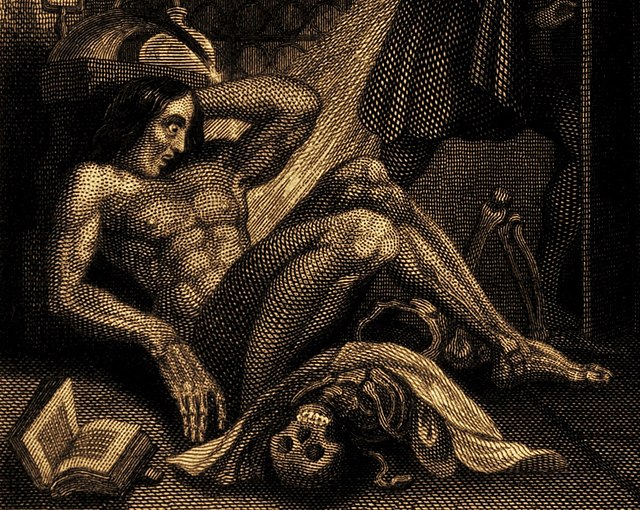Folk horror is a subgenre of horror film and horror fiction that uses elements of folklore to invoke fear and foreboding. Typical elements include a rural setting, isolation, and themes of superstition, folk religion, paganism, sacrifice and the dark aspects of nature. Although related to supernatural horror film, folk horror usually focuses on the beliefs and actions of people rather than the supernatural, and often deals with naïve outsiders coming up against these. The British films Blood on Satan's Claw (1971), The Wicker Man (1973) and Witchfinder General (1968) are regarded as pioneers of the genre, while the The Witch (2015) and Midsommar (2019) sparked renewed interest in folk horror. Southeast Asian cinema also commonly features folk horror.
The ruined Saint James Church in Bix Bottom, Oxfordshire was a setting for scenes in The Blood on Satan's Claw.
A shrine to Mae Nak Phra Khanong in Bangkok, a ghost in Thai folklore that has inspired several Thai horror films.
Horror is a film genre that seeks to elicit fear or disgust in its audience for entertainment purposes.
Max Schreck as Count Orlok in the 1922 film Nosferatu. Critic and historian Kim Newman declared it as a film that set the template for the horror film.
Mirrors are often used to create a sense of tension in horror films.
Filmmaker and composer John Carpenter, who has directed and scored numerous horror films, performing in 2016
Frankenstein's monster






